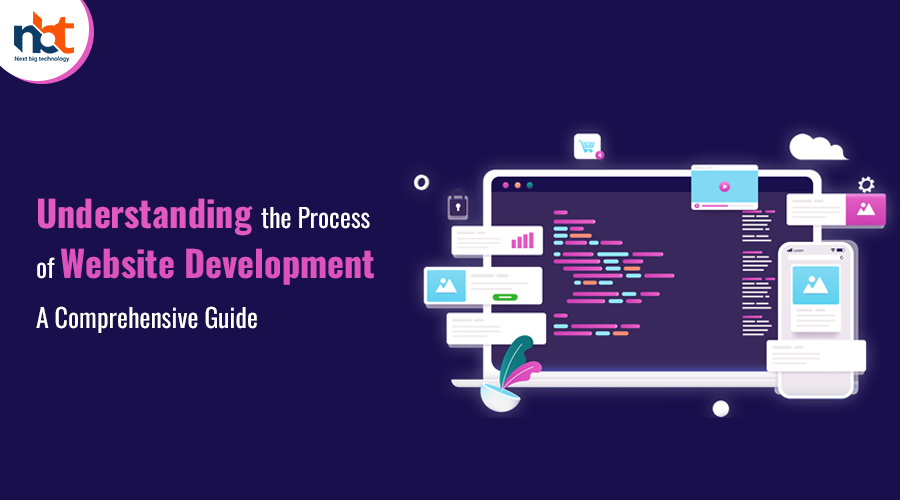Table of Contents
Introduction
In today’s digital age, a well-designed and functional website is crucial for businesses to establish their online presence and reach their target audience. But have you ever wondered how website development actually works? In this comprehensive guide, we will delve into the process of website development, providing you with a step-by-step understanding of how websites are created. From planning and designing to development and deployment, we will explore the key stages and elements involved in the website development process.
Planning and Requirement Gathering
- Defining Objectives: Understand the purpose and goals of the website, such as brand awareness, lead generation, or e-commerce.
- Identifying Target Audience: Analyze the target audience to create a website that caters to their needs and preferences.
- Gathering Requirements: Collect detailed information about the website’s functionality, features, content, and desired design elements.
Information Architecture and Wireframing
- Creating Sitemaps: Develop a hierarchical structure for the website’s pages and navigation.
- Wireframing: Create low-fidelity visual representations of the website’s layout and content structure to establish the overall user experience.
Visual Design
- Mood Board and Style Guide: Create a mood board to capture the desired visual style, color schemes, typography, and imagery. Develop a style guide for consistent design elements across the website.
- UI/UX Design: Design the user interface (UI) elements and user experience (UX) flow, ensuring optimal usability and intuitive navigation.
- Prototyping: Build interactive prototypes to visualize and test the website’s design, interactions, and user flows.
Frontend Development
- HTML/CSS Conversion: Convert the visual design into HTML and CSS code, creating the structure, layout, and styling of the website.
- Responsive Design: Implement responsive design techniques to ensure the website is optimized for various devices and screen sizes.
- Integration of Interactive Elements: Incorporate interactive elements such as forms, sliders, animations, and media content.
Backend Development
- Selecting a Backend Technology: Choose a suitable backend technology, such as PHP, Node.js, or Python, based on the website’s requirements.
- Database Development: Design and develop the database structure and functionality to store and retrieve data.
- Server-side Development: Implement the backend logic, handle user authentication, process form submissions, and enable dynamic content generation.
Content Creation and Integration
- Content Creation: Develop engaging and relevant content, including text, images, videos, and other media assets.
- CMS Integration: If using a content management system (CMS) like WordPress or Drupal, integrate the CMS and populate the website with content.
- SEO Optimization: Optimize the website’s content and meta tags for search engine visibility and higher rankings.
Testing and Quality Assurance
- Functional Testing: Conduct thorough testing to ensure all website features and functionalities are working as intended.
- Cross-Browser and Cross-Device Testing: Verify the website’s compatibility across different web browsers, operating systems, and devices.
- Performance Testing: Assess the website’s performance, load times, and scalability to ensure optimal user experience.
Deployment and Maintenance
- Website Deployment: Transfer the website files to a web server, configure the server environment, and make the website live.
- Post-launch Testing: Conduct final testing after deployment to ensure the website is functioning correctly in the live environment.
- Ongoing Maintenance: Perform regular updates, security patches, and backups to keep the website secure and up to date.
Conclusion
Website development is a comprehensive and iterative process that involves planning, designing, and implementing various elements to create a functional and visually appealing website. By understanding the stages and components of website development, you can better collaborate with web development teams and make informed decisions throughout the process. From initial planning and requirement gathering to deployment and maintenance, each stage plays a crucial role in delivering a successful website. With a well-executed website development process, businesses can establish a strong online presence, engage their target audience, and achieve their desired goals.












